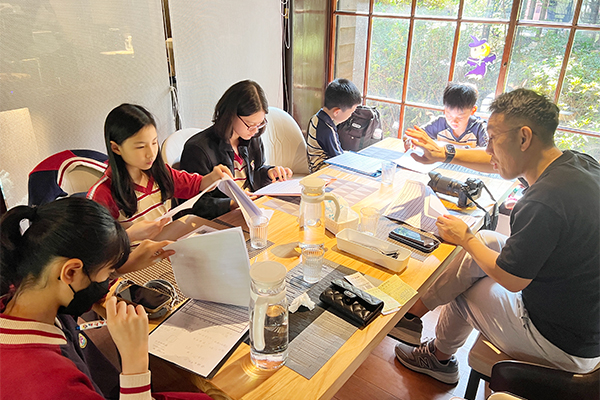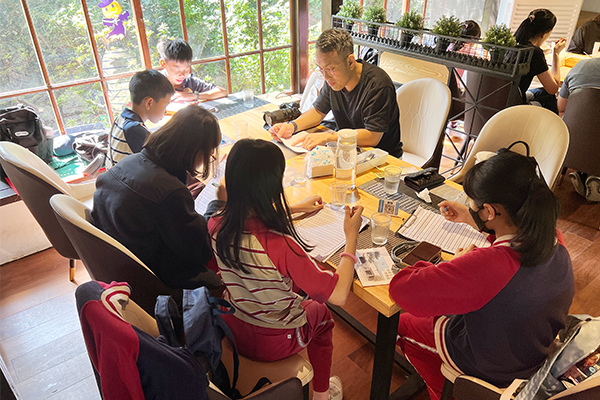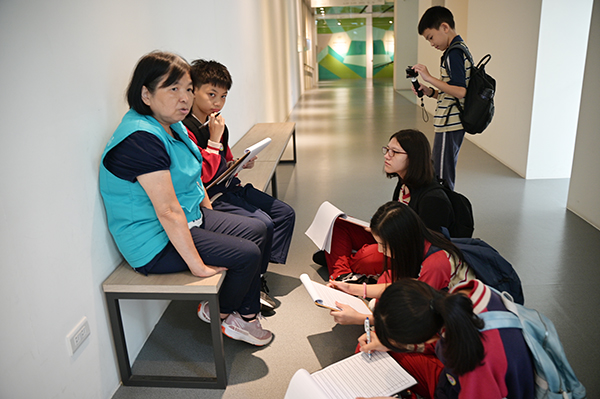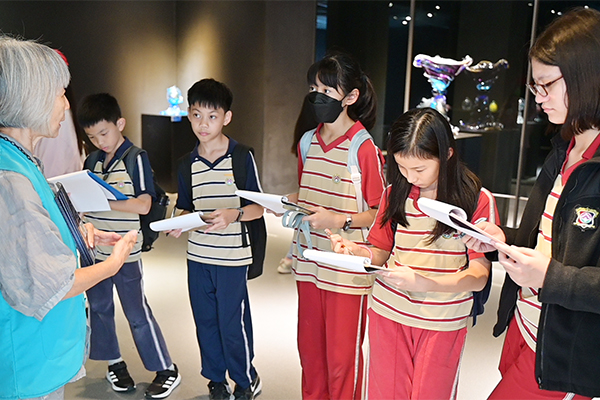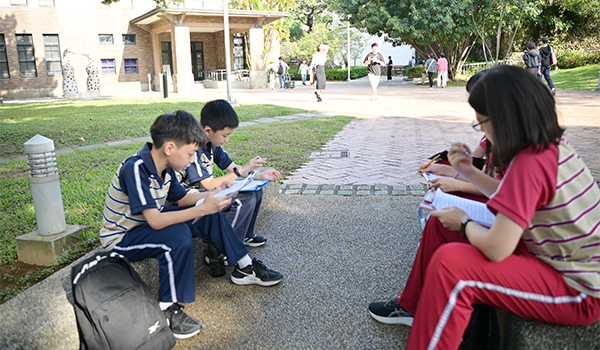 Interview
Interview
Final confirmation before the interview
Interview at the Glass Museum of Hsinchu City
video by our team
video by our team
video by our team
Answer: All artworks are important and cannot be chosen.
Answer: Outside the glass museum, there is an old tree that leans to the right due to the strong winds in Hsinchu. This land was designated for cultural development in 1999.
Answer: Glass is used in products such as eyeglasses, fiber optics, light bulbs, and WiFi cables, which contain a glass fiber. It is also an essential material in semiconductor chips.
Answer: The outdoor art installations of the glass museum are made from glass fragments recycled from the glass factory.
Answer: The museum hosts an International Glass Art Festival every two years. This year (2024) starts on November 16th.
Answer: Each year, the museum participates in or organizes some major art events or festivals, such as the Glass Art Festival. These events not only showcase glass artworks, but also feature artistic performances and interactive experiences.
Answer: I personally think that all the artworks in the museum are very distinctive and there is no particularly representative piece.
Answer: The museum is currently holding an exhibition of Tr. Hideki Tanaka, and the content of his works aims to present the concepts of "bubbles" and "universe".
Answer: Recently, the teachers from the glass museum provide lessons teach at Xiangshan Junior High School, teaching basic concepts. Graduates also have the opportunity to intern at Glass Studio.
Answer: The museum used to hold summer and winter camps, but they are less frequently held now.
Answer: The museum has hosted international exhibitions.
Answer: Anyone with a relevant background can join, but the museum does not currently offer courses or exchange programs.
Answer: Hsinchu’s glass craftsmanship integrates art with practical applications, creating a distinct cultural identity.
Answer: It has influenced the use of Erding cladding bricks and lightweight, energy-saving bricks.
Answer: The industry has declined significantly due to the impact of the pandemic.
Answer: These are two completely different fields, but they have also been combined in the process.
Interview with a glass craft creator
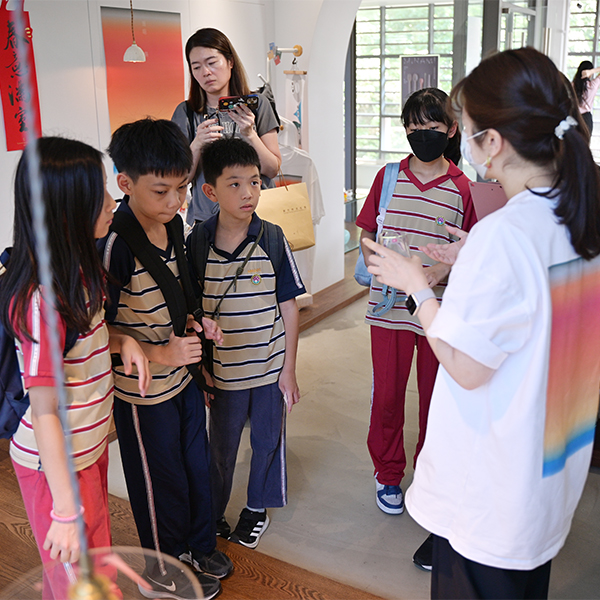
photo by our team
Glass recycling—W LOOP
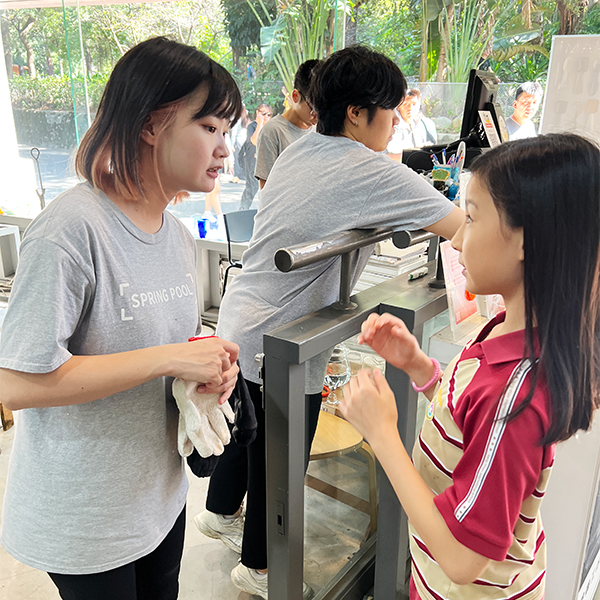
photo by our team
Ask about the detailed production steps.
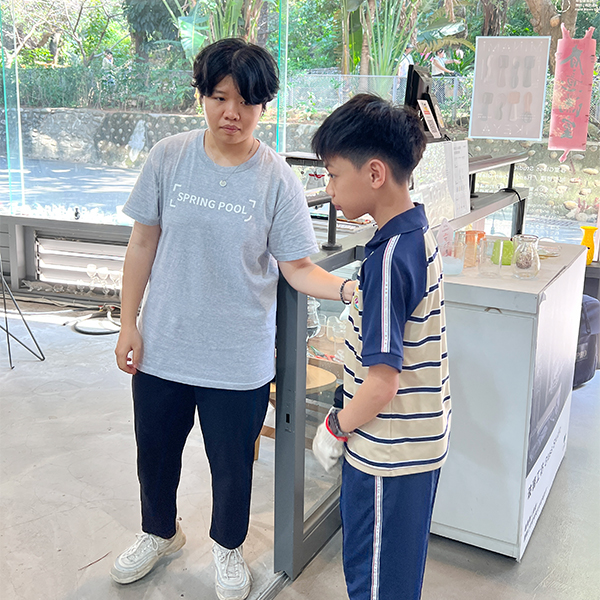
photo by our team
Understand the use of tools.

photo by our team
Interview with the glass craft creator & photo together.
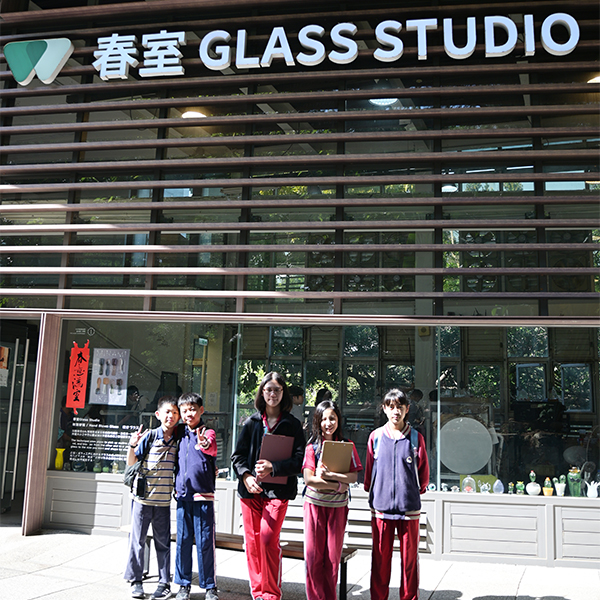
photo by our team
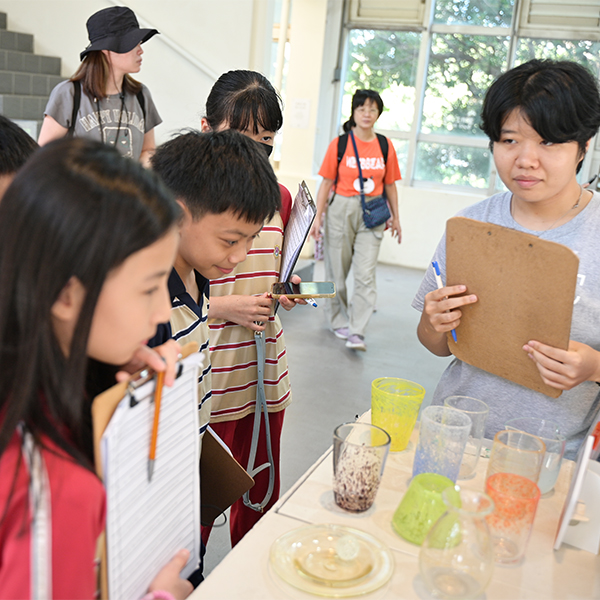
photo by our team
video by our team
video by our team
video by our team
video by our team
video by our team
video by our team
video by our team
Answer: No, we currently use materials from Vietnam.
Answer: We produce LCD screens.
Answer: At first, I went to Japan because I wanted to study Japanese. But when I came into contact with the glassmaking industry, I suddenly developed a great interest in glass. So I returned back to Taiwan to develop the glass industry.
Answer: I think that the hardest part is communicating. I need to let my assistant know what I’m thinking. Also, techniques and controlling temperature are difficult too.
Answer: Glass is not only transparent but can also change colors. However, it cannot be handled directly due to high temperatures.
Answer: Building a reputation and finding a market for glass artworks are the biggest challenges.
Answer: At the beginning, income may be low, and establishing a reputation is crucial. Artists need to create works with a unique identity.
Final confirmation before the interview
video by our team
